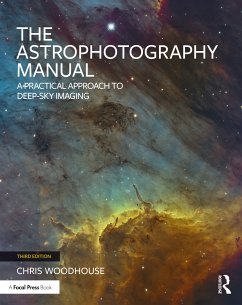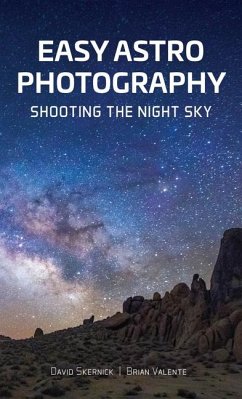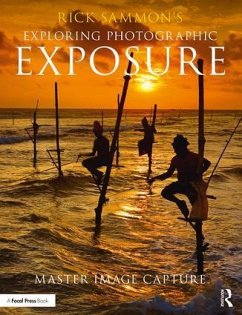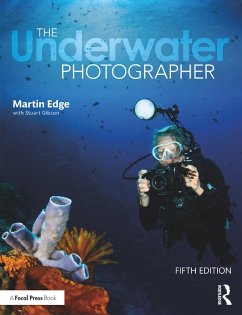Nicht lieferbar
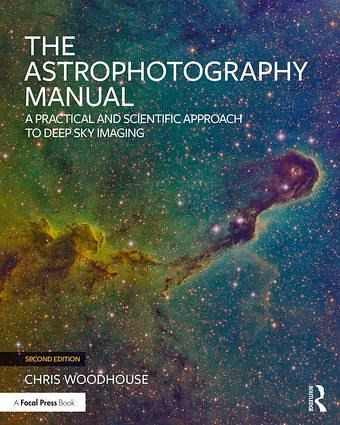
The Astrophotography Manual
A Practical and Scientific Approach to Deep Sky Imaging
Versandkostenfrei!
Nicht lieferbar
Weitere Ausgaben:
The Astrophotography Manual, Second Edition is for photographers ready to move beyond standard SLR cameras and editing software to create beautiful images of nebulas, galaxies, clusters, and the stars.





